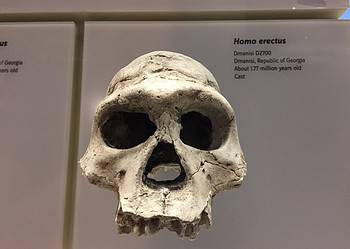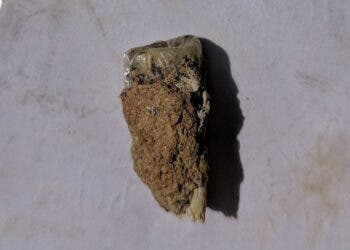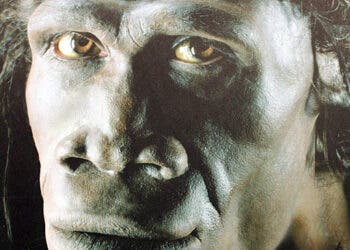A trove of stone tools and animal bones indicate that hominids had reached the Philippines as early as 709,000 years ago. Previously, the earliest evidence of a hominid presence in the Southeast Asian archipelago came from a human toe bone roughly 68,000 years old, which was found in a river floodplain on the northern island of Luzon.
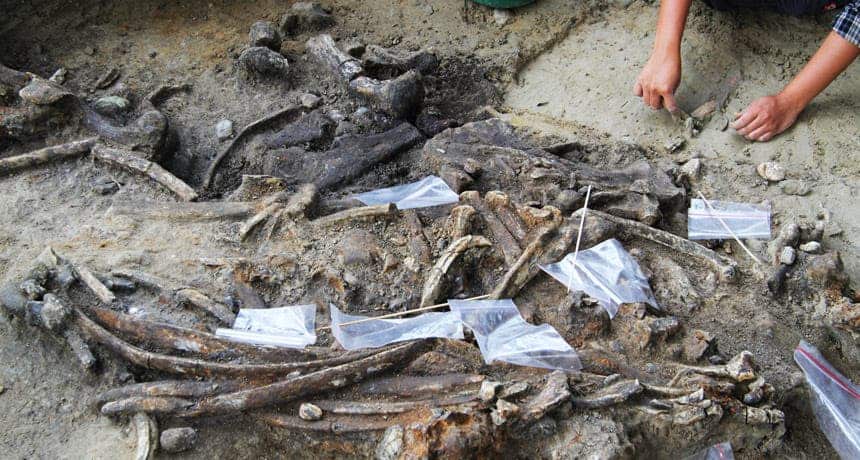
The new evidence reported in the journal Nature involves 57 stone artifacts and more than 400 animal bones, including the disarticulated skeleton of a butchered rhinoceros. The other animal fossils came from brown deer, monitor lizards, freshwater turtles and extinct, elephant-like extinct creatures called stegodons.
These precious tools and fossils excavated in the landlocked northern region of Kalinga in the Philippines pose two very important questions. Firstly, who made these tools and butchered the animals? The second question deals with dispersion: how did the tool-makers (and a rhino, for that matter) end up on islands that are too far away from land to swim?
According to lead author Thomas Ingicco of the National Museum of Natural History in Paris, the radioactive decay in elements present in Kalinga sediment and the excavated rhino tooth suggest that the fossils are roughly 709,000 years old (give or take 68,000 years). Around that time, one of our ancestors, a hominid called Homo erectus, was already present throughout much of the Asian continent. In places like China or Indonesia, there is evidence that Homo erectus was around as early as 1.8 million years ago.
So, despite lacking direct evidence, circumstances point to Homo erectus as the butcher of the rhino and toolmaker of the stone artifacts. Another possibility is that the Kalinga toolmakers were actually Homo floresiensis, also known as the Hobbit Humans, named so because of their diminutive size. According to the most comprehensive study of its bones, the species of tiny human discovered on the Indonesian island of Flores in 2003 most likely evolved from an ancestor in Africa and not from Homo erectus as has been widely believed. Homo floresiensis probably went extinct by at least 13,000 years ago — that’s very recently relative to evolutionary timelines. Unfortunately, we can’t know who the toolmaker was — whether H. erectus, H. floresiensis, or some other unknown Homo species — judging from the stone artifacts alone.
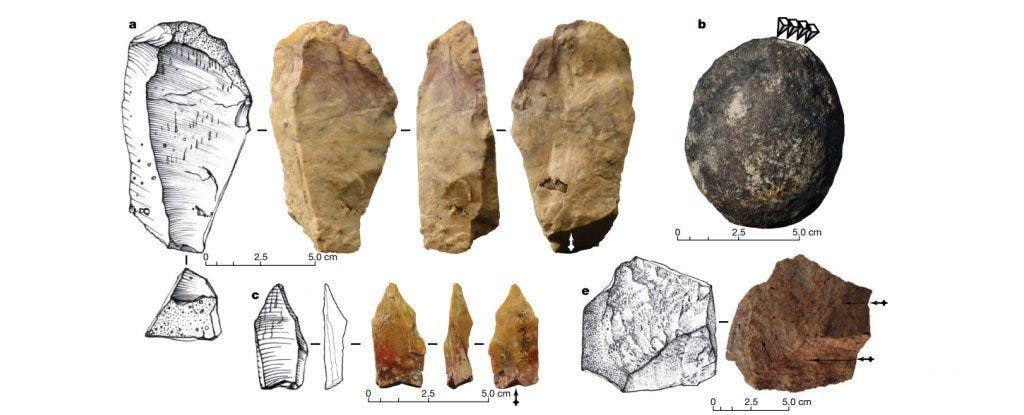
Whoever it was, the hominids likely arrived in the Philippines via one of four possible routes, according to the authors. These would be: China via Taiwan, Sulawesi via the Sangihe Islands, Borneo via the Sulu Archipelago, and Borneo via Palawan Island. Colonization would have been made possible thanks to natural rafts, such as floating mangroves that typhoons occasionally break off the coast. The researchers also don’t rule out the possibility that the hominids fashioned their own watercraft.
As for the striking rhino fossils, these belong to the now-extinct Rhinoceros philippinensis. The hominids seem to have savored their prey, as cut marks show that the animal was stripped of its meat and its bones were smashed to gain access to the marrow. About 75% of the rhino’s skeleton was found during the excavation.
Only two others sites — Choukoutien in China and Ngebung in the Sangiran Dome of Java — have provided evidence of butchered animals in Southeast Asia as old as Kalinga.
These are all very exciting findings, which will keep anthropologists eager to dig for more.
“There’s a lot of focus again in the islands of South East Asia because they are places where you find natural experiments in hominin evolution. That’s what makes Flores unique, and now Luzon is another place we can start looking for fossil evidence,” said Gerrit van den Bergh, an archaeologist at the University of Wollongong in Australia and co-author of the new paper.

